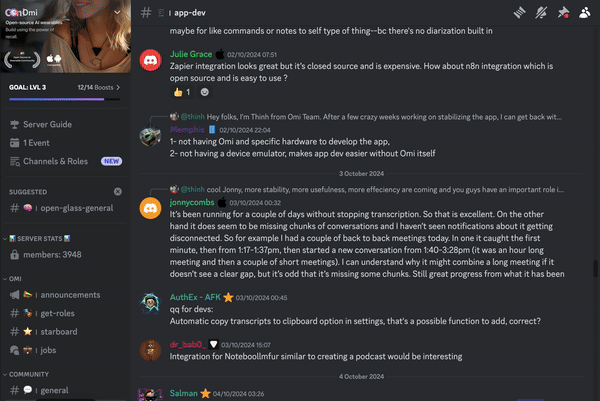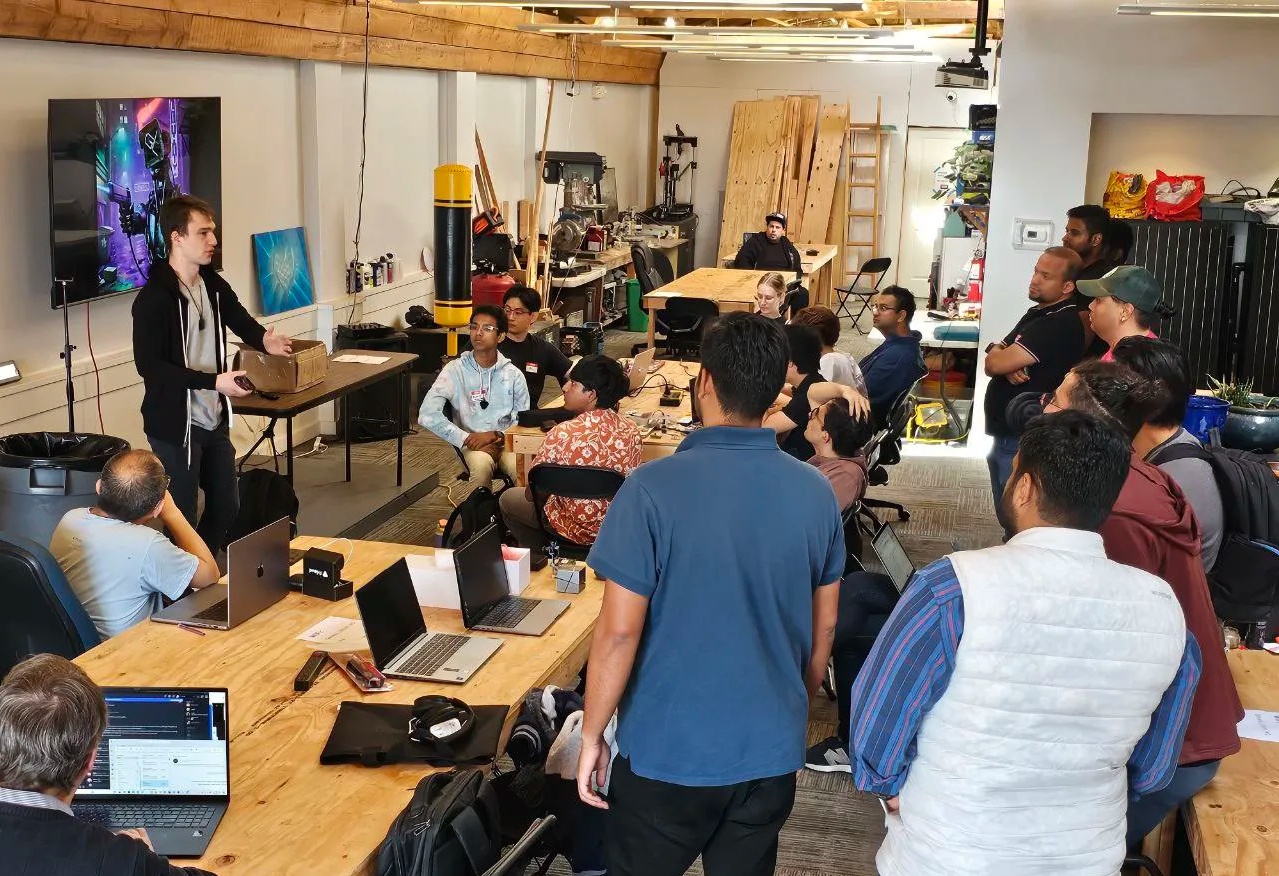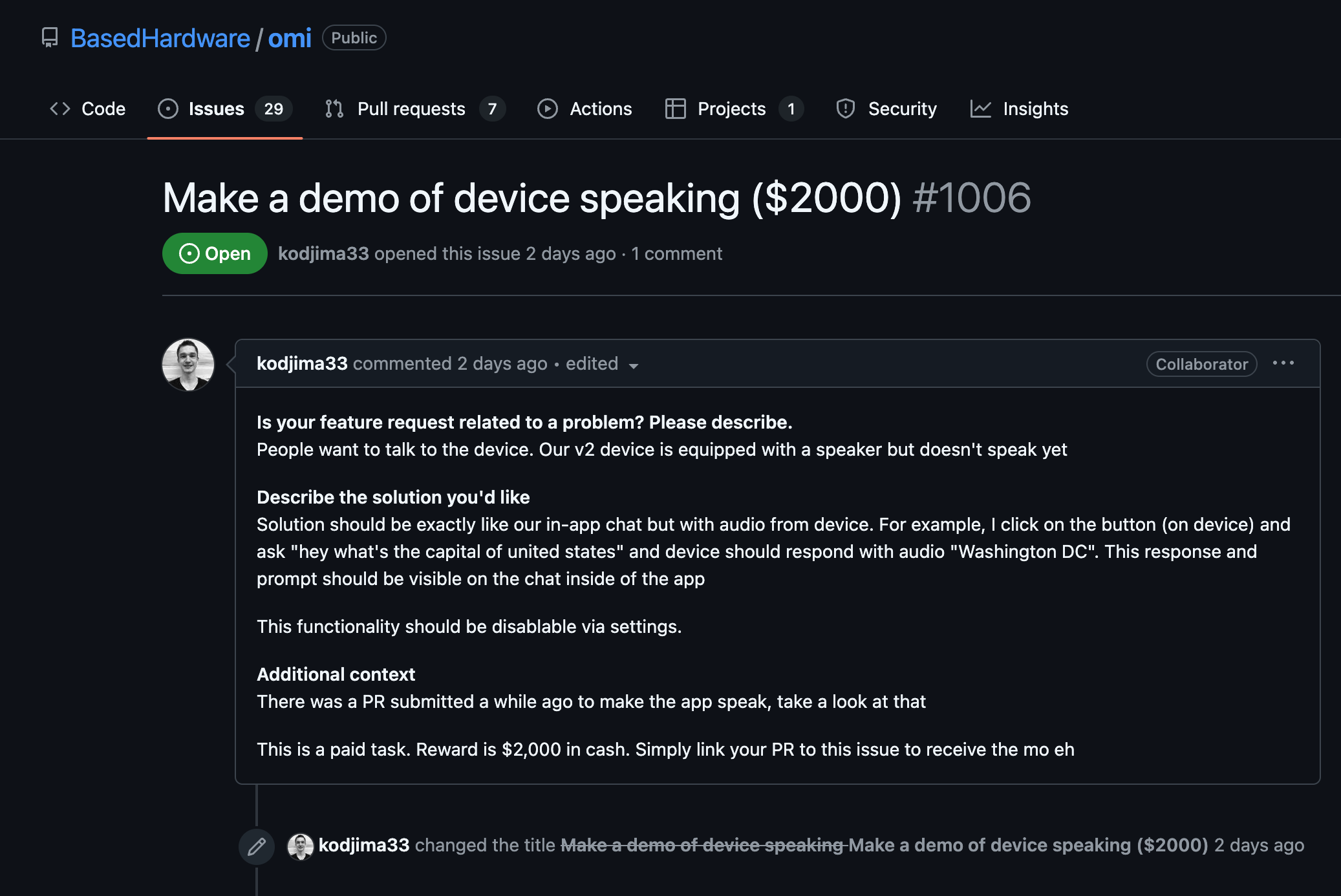Understand LinkedIn API Permissions and Access
- Ensure you have reviewed LinkedIn's API documentation thoroughly to understand which permissions are needed to access user profile data. Common permissions include `r_liteprofile`, `r_emailaddress`, and if needed, `r_fullprofile`.
- Generate the necessary Access Tokens using the LinkedIn OAuth 2.0 authorization flow. Remember that different permissions might require different levels of access, and thus, different scopes during the OAuth process.
Implement OAuth 2.0 Authorization
- Install the required Python libraries to facilitate HTTP requests. Libraries like `requests` or a more specialized OAuth library can be extremely helpful.
import requests
from requests_oauthlib import OAuth2Session
# Define your client ID, client secret, and the redirect URI used during registration
client_id = 'YOUR_CLIENT_ID'
client_secret = 'YOUR_CLIENT_SECRET'
redirect_uri = 'YOUR_REDIRECT_URI'
authorization_base_url = 'https://www.linkedin.com/oauth/v2/authorization'
token_url = 'https://www.linkedin.com/oauth/v2/accessToken'
linkedin = OAuth2Session(client_id, redirect_uri=redirect_uri)
authorization_url, state = linkedin.authorization_url(authorization_base_url)
print('Please go to %s and authorize access.' % authorization_url)
response = input('Paste the full redirect URL here:')
linkedin.fetch_token(token_url, client_secret=client_secret, authorization_response=response)
Fetching User Profiles
- Utilize the access token to make authorized requests to LinkedIn's profile API endpoints. Typically, you'll interact with endpoints like `/v2/me` to get the authenticated user’s profile.
- Handle any potential errors such as missing permissions or invalid tokens that result in unsuccessful API calls.
profile_url = 'https://api.linkedin.com/v2/me'
headers = {'Authorization': 'Bearer {}'.format(linkedin.token['access_token'])}
response = requests.get(profile_url, headers=headers)
if response.status_code == 200:
profile_data = response.json()
print(profile_data)
else:
print("Error fetching profile data:", response.status_code, response.text)
Optimizing and Handling Data
- To efficiently handle large volumes of profile data, parse responses while keeping memory consumption low. Use JSON parsing libraries like `json` in Python for quick and efficient data manipulation.
- Store the fetched profile data securely by considering encryption or secure database solutions. This ensures that any sensitive information remains protected.
import json
# Assuming 'profile_data' is the JSON response from LinkedIn
file_path = 'profile_data.json'
with open(file_path, 'w') as file:
json.dump(profile_data, file)
print("Profile data saved to", file_path)
Managing Access Tokens
- Access Tokens have a limited lifespan. Implement a refresh mechanism to acquire new tokens without requiring user intervention often. This step is crucial for long-running applications.
- Secure access tokens during storage and transmission to prevent unauthorized access or misuse.
Continuously Monitor LinkedIn API Updates
- LinkedIn API might undergo changes or deprecations. Staying updated with their API changelogs will help in maintaining a seamless integration without sudden disruptions.
- Regularly revisit your application’s scope and permissions, ensuring conformity with LinkedIn’s policies to avoid service interruptions.
























